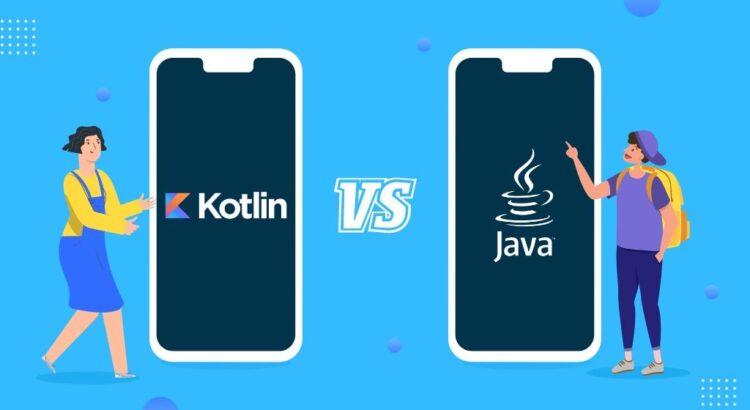In the fast-paced world of eCommerce, entrepreneurs need to equip themselves with the right tools to navigate the competitive landscape and drive success. From managing inventory to optimizing marketing strategies, here are some essential eCommerce tools that every entrepreneur should consider incorporating into their toolkit:
- eCommerce Platform: The foundation of any online store is a reliable eCommerce platform. Whether it’s Shopify, WooCommerce, or Magento, choosing the right platform is crucial for building and managing your online store effectively. Look for features like customizable templates, secure payment gateways, and robust inventory management capabilities.
- Website Analytics: Understanding your website’s performance is key to making informed decisions and optimizing your online presence. Tools like Google Analytics provide valuable insights into visitor behaviour, traffic sources, and conversion rates, helping you identify areas for improvement and measure the success of your marketing efforts.
- Inventory Management: Keeping track of inventory levels, order fulfilment, and supplier management is essential for eCommerce success. Inventory management tools like TradeGecko or DEAR Inventory automate these processes, allowing you to streamline operations and prevent stockouts or overstocking.
- Customer Relationship Management (CRM): Building strong relationships with your customers is crucial for driving repeat business and fostering loyalty. CRM tools like HubSpot or Salesforce help you manage customer data, track interactions, and personalize communication, allowing you to deliver exceptional customer experiences.
- Email Marketing: Email remains one of the most effective channels for engaging customers and driving sales. Platforms like Mailchimp or Klaviyo enable you to create targeted email campaigns, automate workflows, and analyse performance metrics to optimize your marketing efforts and drive conversions.
- Social Media Management: With billions of users active on social media platforms, having a strong presence is essential for reaching and engaging your target audience. Tools like Hootsuite or Buffer help you manage multiple social media accounts, schedule posts, and analyse engagement metrics to drive brand awareness and customer engagement.
- SEO Tools: Improving your website’s search engine visibility is crucial for driving organic traffic and attracting potential customers. SEO tools like SEMrush or Moz provide valuable insights into keyword rankings, site audits, and backlink analysis, helping you optimize your website for better search engine rankings.
In conclusion, investing in the right eCommerce tools can make all the difference in driving success and growth for your online business. By leveraging these essential tools, entrepreneurs can streamline operations, optimize marketing efforts, and deliver exceptional customer experiences that set their online store apart from the competition.





